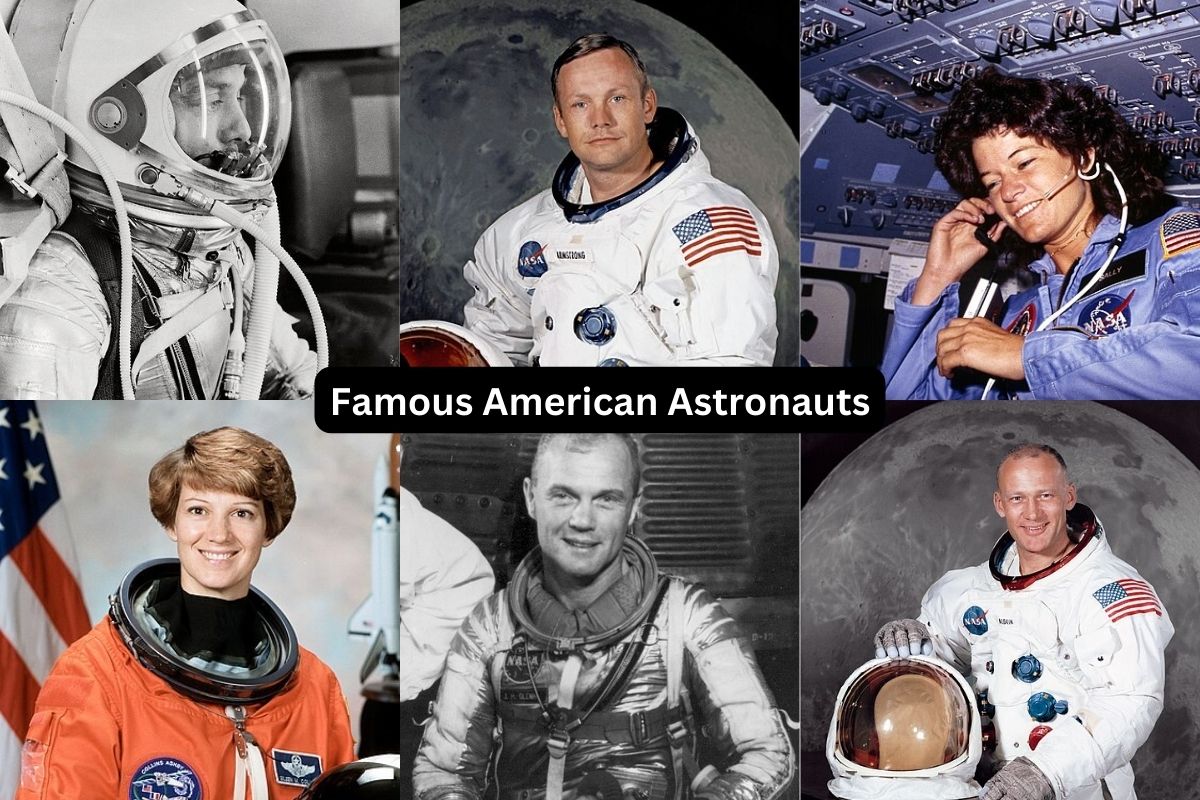In the annals of space exploration, American astronauts have played pivotal roles in pushing the boundaries of human knowledge and achievement.
From the iconic moonwalk of Neil Armstrong to the groundbreaking missions of women like Sally Ride, these remarkable individuals have left an indelible mark on the history of spaceflight.
In this article, we delve into the captivating stories of renowned American astronauts who have left an enduring legacy in the cosmos. Their missions, achievements, and contributions to science continue to inspire generations and remind us of the incredible possibilities that await beyond our planet.
Famous American Astronauts
1. Neil Armstrong – Apollo 11 (July 20, 1969)
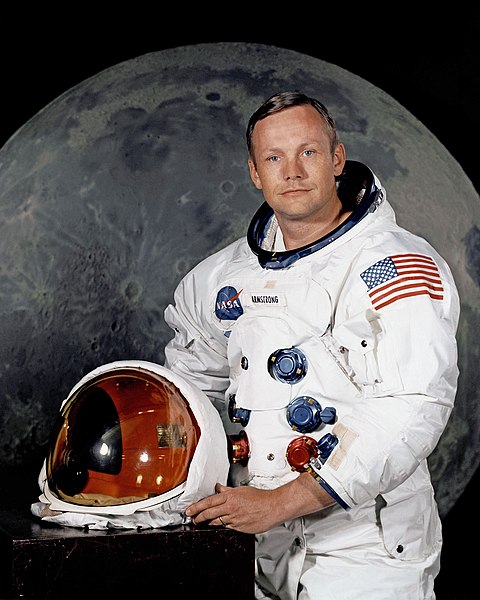
Neil Armstrong is best known for his historic role as the commander of NASA’s Apollo 11 mission.
Mission: On July 20, 1969, Neil Armstrong, along with Buzz Aldrin, became the first humans to land on the moon. Neil Armstrong famously stepped onto the lunar surface, saying the iconic words, “That’s one small step for [a] man, one giant leap for mankind.”
This historic moonwalk marked a significant achievement in the Space Race and the exploration of space.
2. John Glenn – Mercury-Atlas 6 (February 20, 1962) and STS-95 (October 29, 1998)
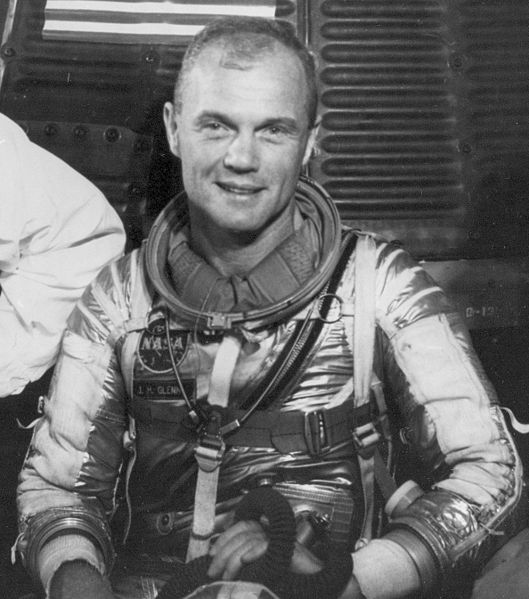
John Glenn was the first American to orbit the Earth, making him an instant American hero during the early days of the Space Race.
Mission: On February 20, 1962, Glenn piloted the Mercury-Atlas 6 “Friendship 7” spacecraft, completing three orbits around the Earth in a little less than five hours.
Also Read: Famous Female Astronauts
This mission provided valuable data and demonstrated that humans could survive and function effectively in the weightlessness of space, paving the way for future space exploration.
3. Buzz Aldrin – Apollo 11 (July 20, 1969)
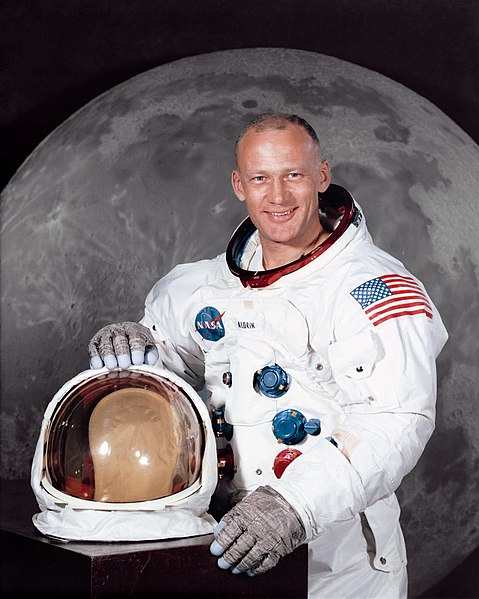
Buzz Aldrin joined Neil Armstrong on NASA’s Apollo 11 mission, making him the second person to walk on the moon.
Mission: On July 20, 1969, Buzz Aldrin and Neil Armstrong descended to the lunar surface in the lunar module, while Michael Collins orbited above in the command module. Buzz Aldrin spent about 2.5 hours outside the lunar module, conducting experiments and collecting samples.
Aldrin’s work on the lunar surface, along with Armstrong’s, contributed to our understanding of the moon’s geology and history.
4. Alan Shepard – Mercury-Redstone 3 (May 5, 1961) and Apollo 14 (February 5, 1971)
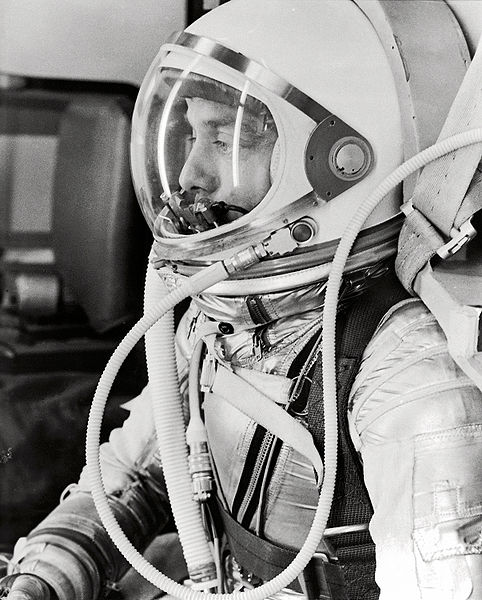
Alan Shepard was the first American in space, making him an important figure in the early days of human spaceflight.
Mercury-Redstone 3 (May 5, 1961): Alan Shepard piloted the “Freedom 7” spacecraft during this mission, becoming the first American to travel to space. The flight lasted only 15 minutes but paved the way for longer-duration missions.
Apollo 14 (February 5, 1971): Shepard returned to space as the commander of Apollo 14, where he and astronaut Edgar D. Mitchell conducted two moonwalks and collected valuable lunar samples. Shepard famously hit a golf ball on the lunar surface, demonstrating the moon’s lower gravity.
5. John Young – Gemini 3 (March 23, 1965) and Apollo 16 (April 20, 1972)
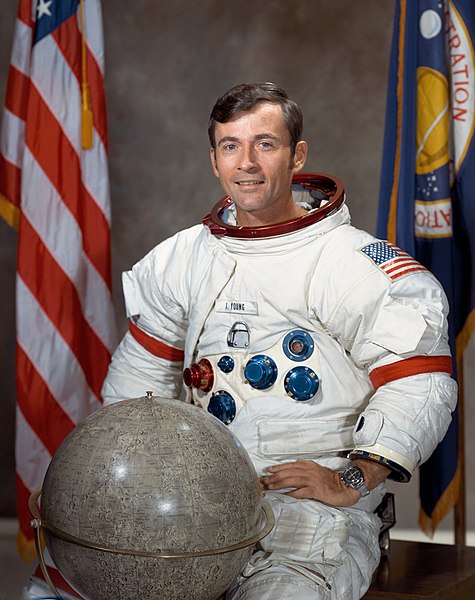
John Young had a long and distinguished career as an astronaut, participating in multiple space missions.
Gemini 3 (March 23, 1965): Young served as the pilot alongside Gus Grissom on this mission, which was the first crewed flight of the Gemini program. It lasted for almost 5 hours and helped test spacecraft systems and orbital maneuvers.
Apollo 16 (April 20, 1972): Young was the commander of the Apollo 16 mission, making him the ninth person to walk on the moon. He and Charles Duke conducted three moonwalks and collected extensive geological samples from the lunar surface.
6. Sally Ride – STS-7 (June 18, 1983)
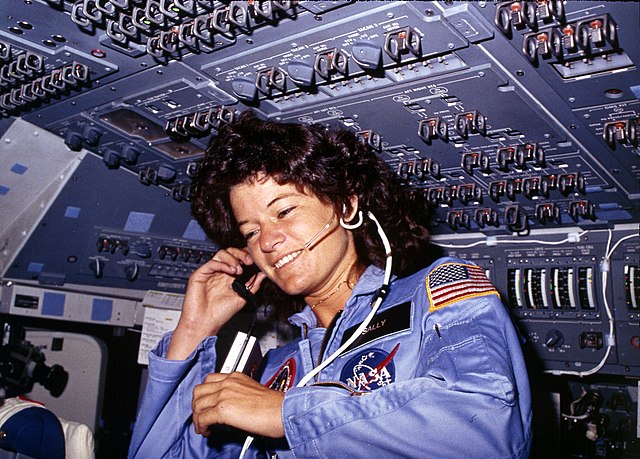
Sally Ride was a pioneering astronaut and the first American woman to travel to space.
STS-7 (June 18, 1983): Ride made history as a mission specialist aboard the Space Shuttle Challenger during STS-7, which marked her first spaceflight. This mission deployed satellites and conducted various experiments.
Sally Ride’s accomplishments inspired many young women to pursue careers in science, technology, engineering, and mathematics (STEM), and she continued to be an advocate for STEM education throughout her life.
7. Jim Lovell – Apollo 8 (December 21, 1968) and Apollo 13 (April 11, 1970)
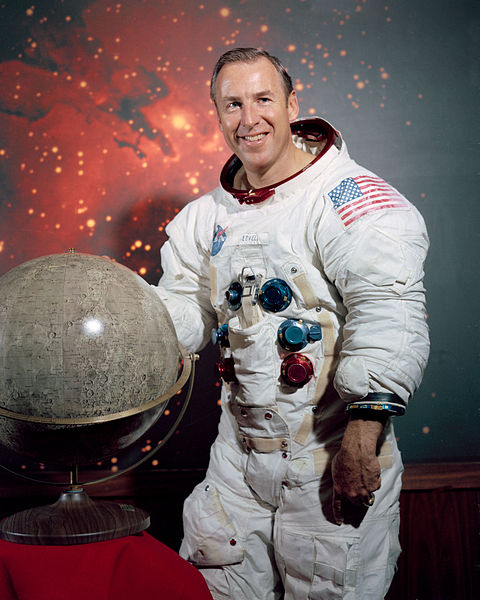
Jim Lovell is well-known for his leadership during the Apollo 13 mission, which encountered a life-threatening crisis in space.
Apollo 8 (December 21, 1968): Lovell served as the command module pilot of Apollo 8, becoming one of the first humans to orbit the moon. This mission included the famous “Earthrise” photograph and was a crucial step toward landing astronauts on the lunar surface.
Apollo 13 (April 11, 1970): Lovell was the commander of Apollo 13, which experienced an oxygen tank explosion while en route to the moon. Lovell and his crew had to abort their lunar landing and work together to safely return to Earth. Their story was famously depicted in the film “Apollo 13.”
8. Eileen Collins – STS-63 (February 3, 1995) and STS-93 (July 23, 1999)
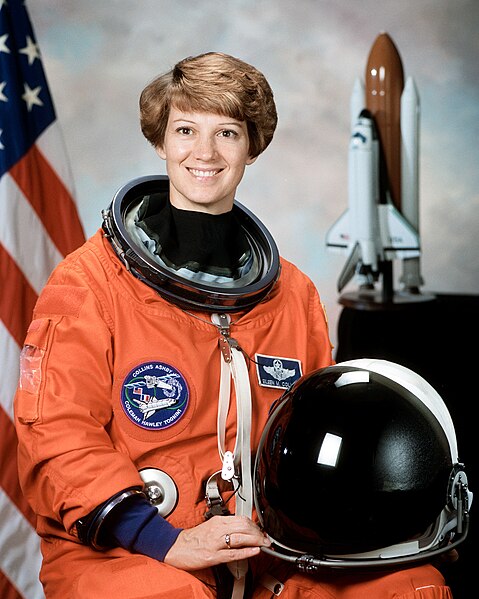
Eileen Collins was a trailblazer for women in space and became the first female Space Shuttle pilot and commander.
STS-63 (February 3, 1995): Collins served as the pilot on this mission, which involved rendezvousing with Russia’s Mir space station and conducting various experiments.
STS-93 (July 23, 1999): Collins made history as the commander of this mission, which deployed the Chandra X-ray Observatory, a crucial space telescope for studying high-energy astrophysics.
9. Scott Kelly – ISS Expedition 43/44 (March 27, 2015 – March 2, 2016)
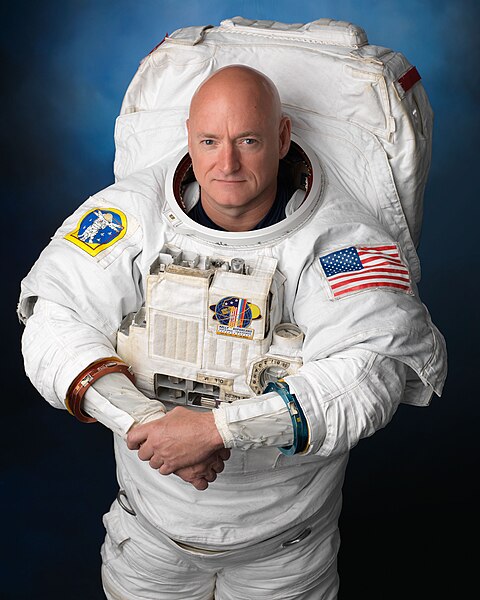
Scott Kelly is known for his year-long mission aboard the International Space Station (ISS) and his contributions to studying the effects of long-duration spaceflight.
ISS Expedition 43/44 (March 27, 2015 – March 2, 2016): Kelly spent nearly a year on the ISS, conducting experiments in various scientific disciplines and contributing valuable data on the physical and psychological challenges of extended spaceflight. His twin brother, Mark Kelly, who is also an astronaut, was on Earth for comparison.
10. Peggy Whitson – ISS Expedition 5, ISS Expedition 16 and ISS Expedition 51/52
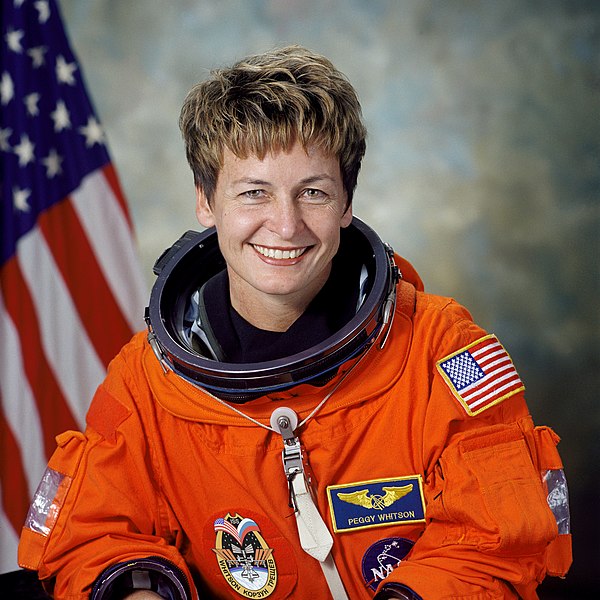
Peggy Whitson is a record-breaking astronaut who spent extensive time aboard the ISS and holds several records for her space missions.
ISS Expedition 5 (June 5, 2002 – December 7, 2002): Whitson served as the flight engineer and NASA science officer during this mission, contributing to various scientific experiments and station maintenance.
ISS Expedition 16 (October 10, 2007 – April 19, 2008): Whitson became the first female commander of the ISS during this mission. Her leadership and contributions to space science were highly regarded.
ISS Expedition 51/52 (April 9, 2017 – September 3, 2017): Whitson’s third long-duration mission on the ISS made her the American astronaut with the most cumulative time spent in space at the time of her retirement.
